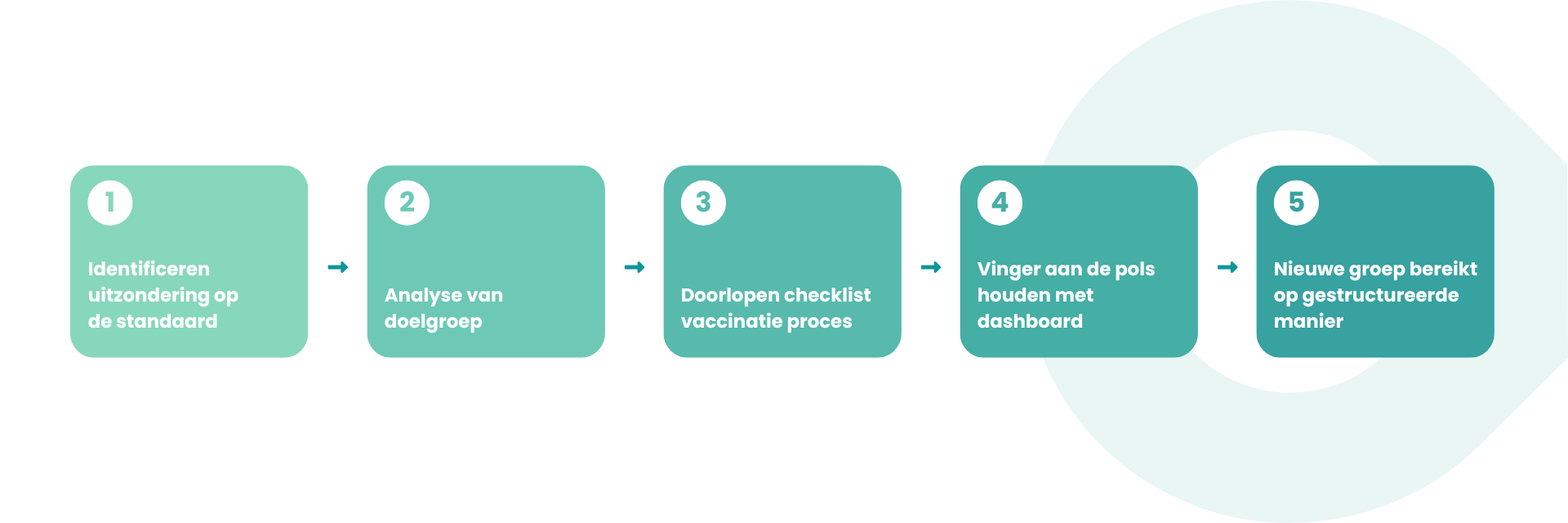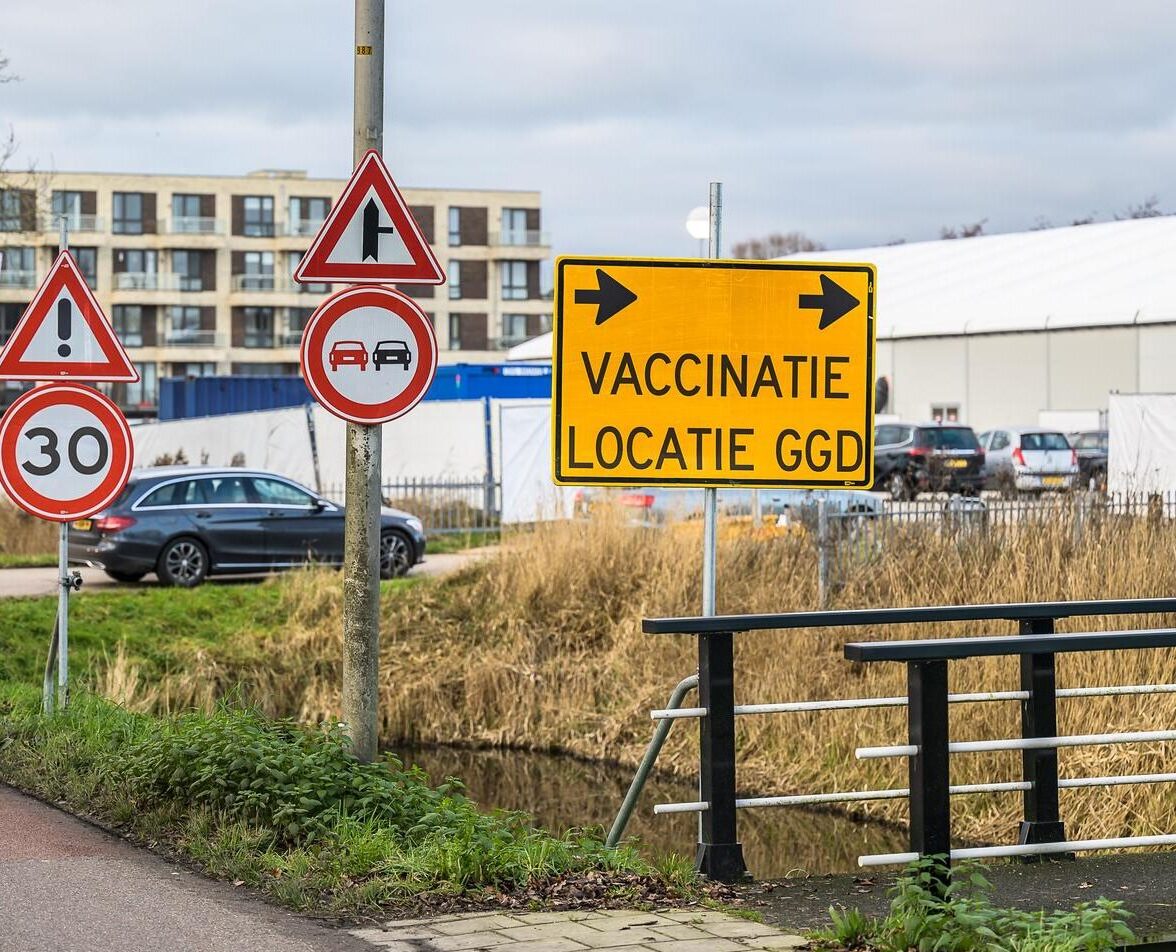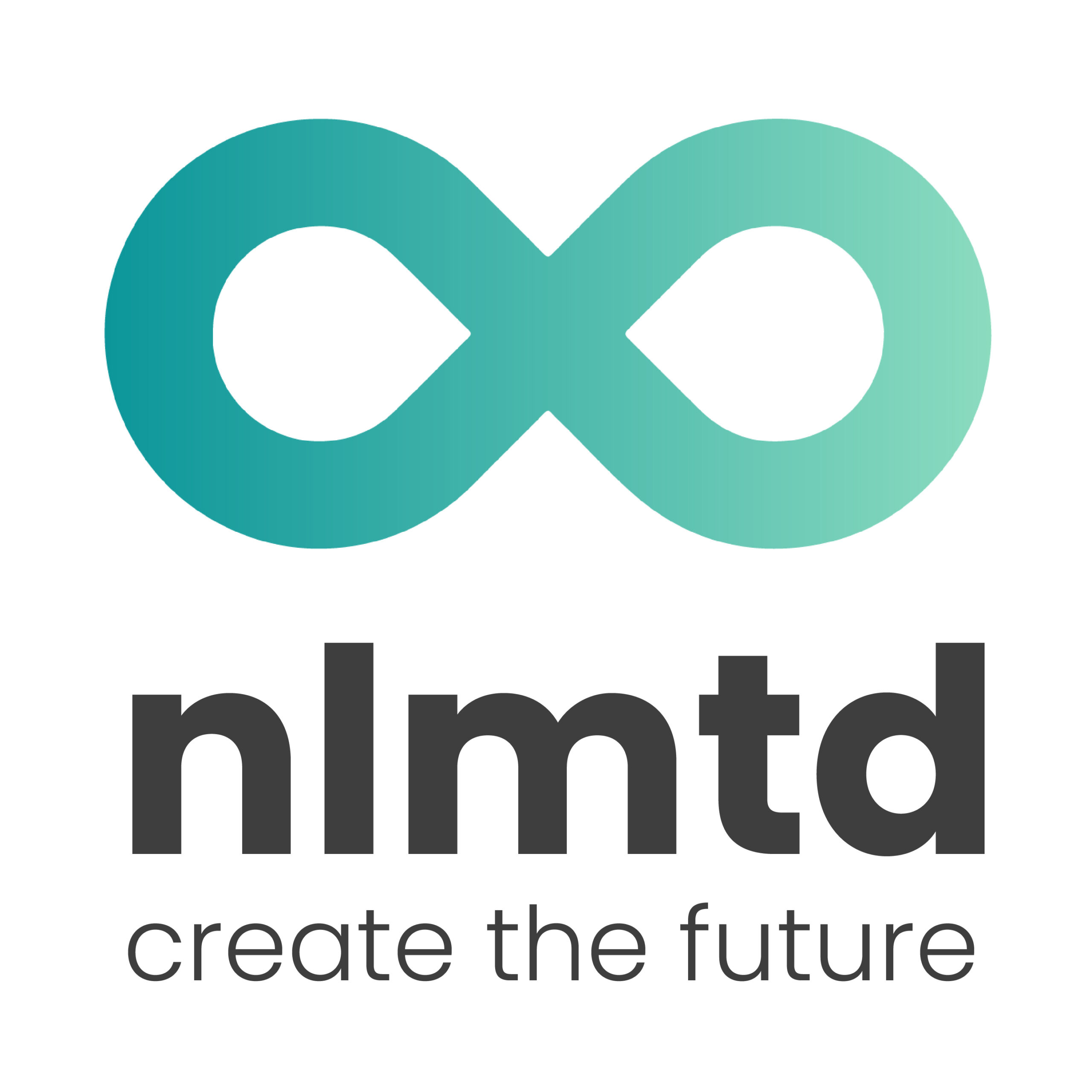First aid for exceptions: shifting gears during the COVID crisis

Challenge
During the COVID pandemic, the GGDs were responsible for launching a nationwide COVID-19 vaccination campaign in a very short period. The challenge was to vaccinate millions of Dutch people safely, quickly, and accessibly, all while keeping vulnerable groups with specific needs in focus.
Results
nlmtd developed an innovative approach that effectively organized the vaccination process for diverse audiences and changing circumstances, and scaled it up to ensure everyone had access to a vaccine.
Client
The GGD is a network of 25 regional health departments responsible for public health and infectious disease control across the Netherlands.
In short
During the COVID-19 pandemic, the GGDs faced a huge challenge: vaccinating millions of people amid ever-changing political conditions, new vaccines, and numerous target groups. nlmtd was brought in to improve the coordination of exceptions, organize processes, and streamline them. Through smart standardization, a multidisciplinary approach, and close collaboration with general practitioners, healthcare institutions, and ministries, a flexible yet strong system was developed under high pressure. This also ensured vulnerable groups, such as the homeless, undocumented, or disabled, gained access to vaccination. The result was a widely supported, accessible, and scalable vaccination campaign.
What mattered was that everyone - regardless of origin, immigration status, or disability - had the same chance at protection. We established a workable system for this under intense pressure.
- Suzanne Nederlof (nlmtd)
Challenge
Vaccinating under unprecedented conditions
At the start of the pandemic, vaccination efforts in the Netherlands were handled by several groups, including general practitioners and hospitals. Once it was clear that the Pfizer vaccine could be widely used, the task was assigned to the GGDs: to establish the national vaccination campaign.
It quickly became clear that this would be a significant logistical and social operation. It was not only about scaling up but also about reaching all target groups: from the elderly, people with disabilities, migrant workers, and individuals without residence status to the large flu shot group of 1.7 million people. This required not only medical but also social and logistical customized solutions.
Process: Finding order in chaos
Phase 1: Identifying exceptions
nlmtd was brought in for project management on specific implementations and customization, such as new vaccines or targeting special groups. Increasingly, exceptions to the standard were being made. Vaccination processes were designed for large-scale delivery, but not for detailed nuances.
To make that variation easier to handle, Jan, Suzanne, and their team developed an approach that systematically analyzed each target group. For example, they examined:
- Where does this differ from the standard process?
- What are the medical and legal concerns?
- Who are the stakeholders?
- How can you effectively reach this target audience?

Phase 2: Creating a checklist and dashboard
Over time, a consistent workflow was developed: a scan that grouped each target audience within the same multidisciplinary “blocks’ (such as invitation for referral places, invitation, location, type of vaccine, registration). This was supported by a simple yet effective dashboard and a committed team of doctors, lawyers, IT, and operations experts.
Phase 3: Promoting Inclusiveness and Scaling Up Together
Using the checklist as a foundation, it became easier to quickly add new target groups to the campaign, each with their own approach and focus areas. This provided a straightforward way to reach groups responsibly, such as flu shot recipients. Additionally, the plan to scale up vaccination capacity was addressed. It was increased from 100,000 to 1.2 million shots per week in a short time. This allowed both mass vaccination efforts and local adaptation to be incorporated into the strategy.
Deepdive
Reaching at-risk target groups
One of the biggest challenges was reaching vulnerable target groups, which included dozens of different groups. These include:
- For non-mobile home residents and nursing homes, a process was established to administer vaccines on-site, without compromising medical safety or record-keeping.
- Vaccination skeptics: By addressing local contexts and needs, such as offering approachable locations and familiar faces, the barrier to vaccination was reduced.
- People without an address or legal status were also reached through collaborations with shelters, neighborhood teams, and healthcare providers.
By focusing on practical accessibility for each target group, rather than relying on system-based reasoning, vaccination became truly accessible to everyone.

Result
Ultimately, a structured work process was in place that allowed for the consistent management of the many target groups and exceptions within the national vaccination campaign. Thanks to this approach, vulnerable and often overlooked groups gained effective access to vaccination. Multiple vaccines were successfully rolled out in a very short time, each with its own logistics, target group, and communication strategy. Moreover, nlmtd’s approach created a blueprint that is now embedded in the National Infectious Disease Control Functionality (LFI).
Clear, direct, and committed with a flexible approach, complex issues during this crisis were addressed quickly and professionally. The people of nlmtd are known for their down-to-earth and realistic perspective on these issues, translating them into pragmatic and achievable solutions.
- Jaap Eikelboom (Directeur Landelijke Covid-19 Bestrijding)
Next steps
Following the coronavirus crisis, work methods within the RIVM were established through the creation of the National Infectious Disease Control Functionality (LFI). nlmtd served as the foundation for this new organizational unit and helped turn lessons learned into structure, work methods, and processes. Currently, nlmtd is involved in making the LFI more operational. This enables immediate scaling up during future outbreaks or crises, using existing plans, structures, and resources.
Conclusion
What started as a reactive response to vaccination exceptions evolved into a strategic foundation for inclusive crisis intervention in the Netherlands. Thanks in part to nlmtd’s pragmatic and strategic approach – focused on speed, simplicity, and reach – millions of Dutch citizens could get vaccinated without leaving vulnerable groups behind.






